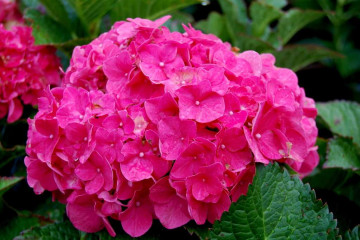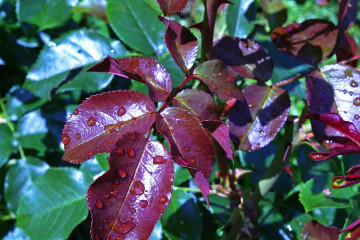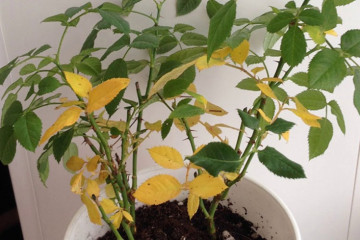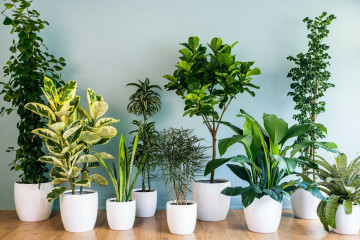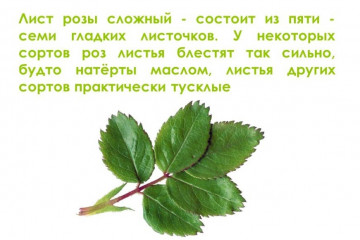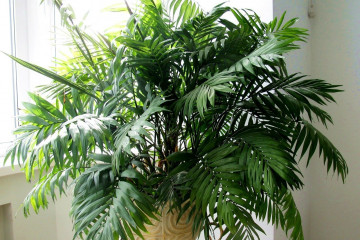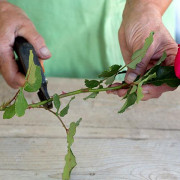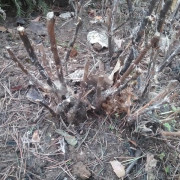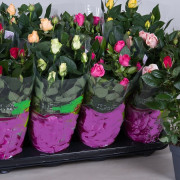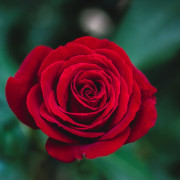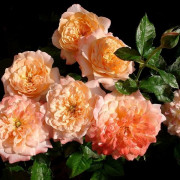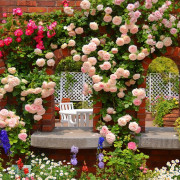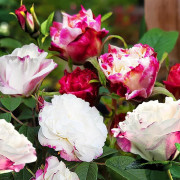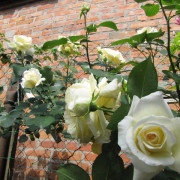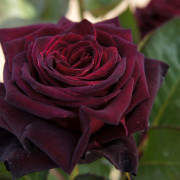The leaves of a rose are drying up - what could be the reasons
Content:
- Problems with leaves on roses: general information
- Lack of lighting or moisture
- Incorrectly selected pot or soil when replanting
- Effects of weather conditions
- Improper nutrition
- Diseases and pests
- Preventing the recurrence of the problem
- The rose dries and leaves and buds fall off immediately after purchase
It is not by chance that the rose is called the queen of flowers. It is amazingly beautiful, which is why many growers are trying to grow it both in their summer cottages and at home, just in a pot. However, in order for a flower to always look great and delight others with its beauty, it is necessary to create appropriate conditions for it, to exclude the possibility of disease. That is why many beginners have a question - why do the leaves of a rose dry. The following is a detailed discussion of all the provoking factors.
Problems with leaves on roses: general information
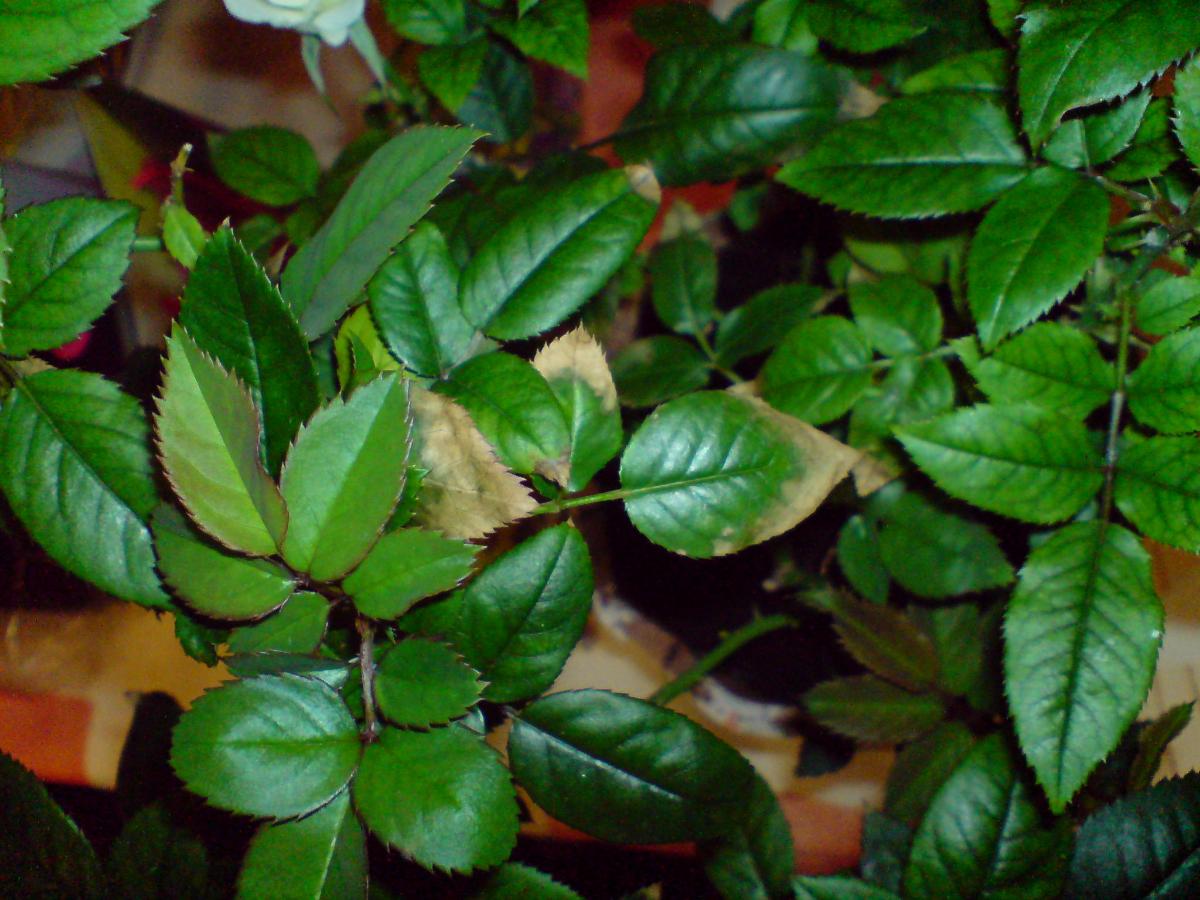
Dried leaves on a rose - the result of mistakes in care
Alas, both garden plants and their relatives growing in a pot at home can have a variety of problems.
For no apparent reason, the leaves begin to dry out, and eventually fall off. Of course, this is a warning sign. It is necessary to take measures as soon as possible to save the rose bush - after all, in advanced cases the rose may well die.
In fact, there are a lot of reasons here:
- lack of watering;
- the plant spends too much time in the shade;
- too small pot;
- unsuitable soil;
- lack of fertilizing, etc.
One of the most obvious and widespread is various infectious diseases and the activity of harmful insects. But sometimes the reason lies in the wrong care. What can you do to protect your green pet? This issue needs to be studied in as much detail as possible.
Lack of lighting or moisture
One of the biggest mistakes a novice gardener can make is insufficient watering or excessive shading. It is necessary to increase the intensity of watering and place the flower in a well-lit area.
But there may be nuances here. For example, if too hard water is used for watering, the leaves may also dry out at the edge or at the very tip.
And of course, an excess of the sun can also cause serious harm - the plant will simply burn in direct rays. So, everything should be in moderation! The bush feels good in the morning and evening rays of the sun, but at noon it is better to shade it.
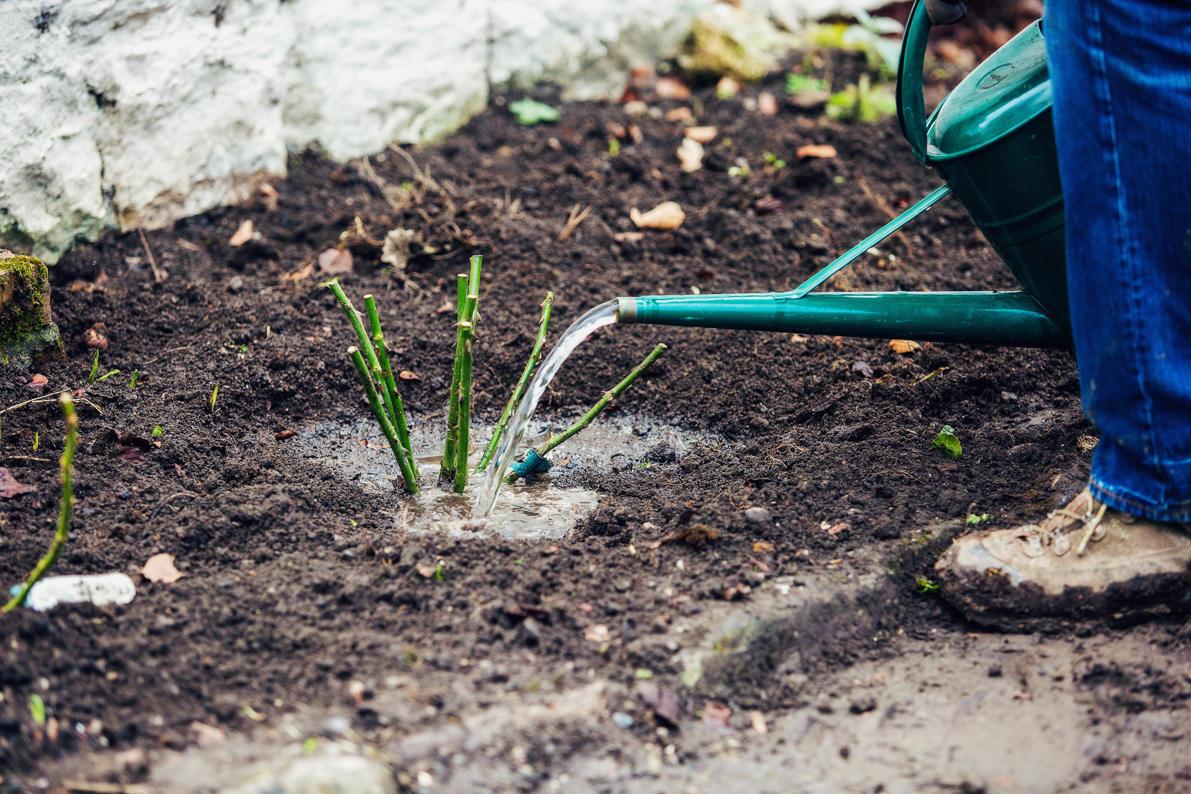
Water the rose bush only with warm water
Incorrectly selected pot or soil when replanting
If the leaves dry on the rose, then the reason may lie in an unsuccessfully selected pot. For example, if it is too small, then the root system cannot develop and as a result the plant suffers, and dried leaves are the first symptom.
Soil can also be a problem. For example, if the soil contains a large amount of clay, the rose will not be able to grow normally in it - the roots will not receive enough air. Therefore, it is best to use light soil.
For example, a Chinese rose thrives best on a substrate consisting of 4 parts of humus, 1 part of turf soil and 1 part of sand.
Effects of weather conditions
Too hot days may well cause the leaves to dry out. For example, if after a prolonged spring the heat is established, then the plant will evaporate much more moisture than usual.
And if the amount of moisture remains the same, then the leaves will simply dry out. And a simple spraying will not help here, but on the contrary, will aggravate the situation - the sun's rays, passing through the drops of water, will leave burns on the leaves. Therefore, you need to water the rose more abundantly, but at the same time trying not to get on the greens.
Improper nutrition
In order for a rose to grow and bloom normally, it must receive all the necessary trace elements. And the lack of any of them may well lead to the fact that the leaves begin to dry out, and as a result, the plant will simply die.
To prevent such an unpleasant outcome of events, it is necessary to feed in a timely manner.
In addition to the usual macronutrients (nitrogen, phosphorus and potassium), the rose needs manganese, potassium and iron. Fortunately, you do not need to add each of the micronutrients separately. On sale you can easily find complex fertilizers containing all the substances necessary for growth.
Diseases and pests
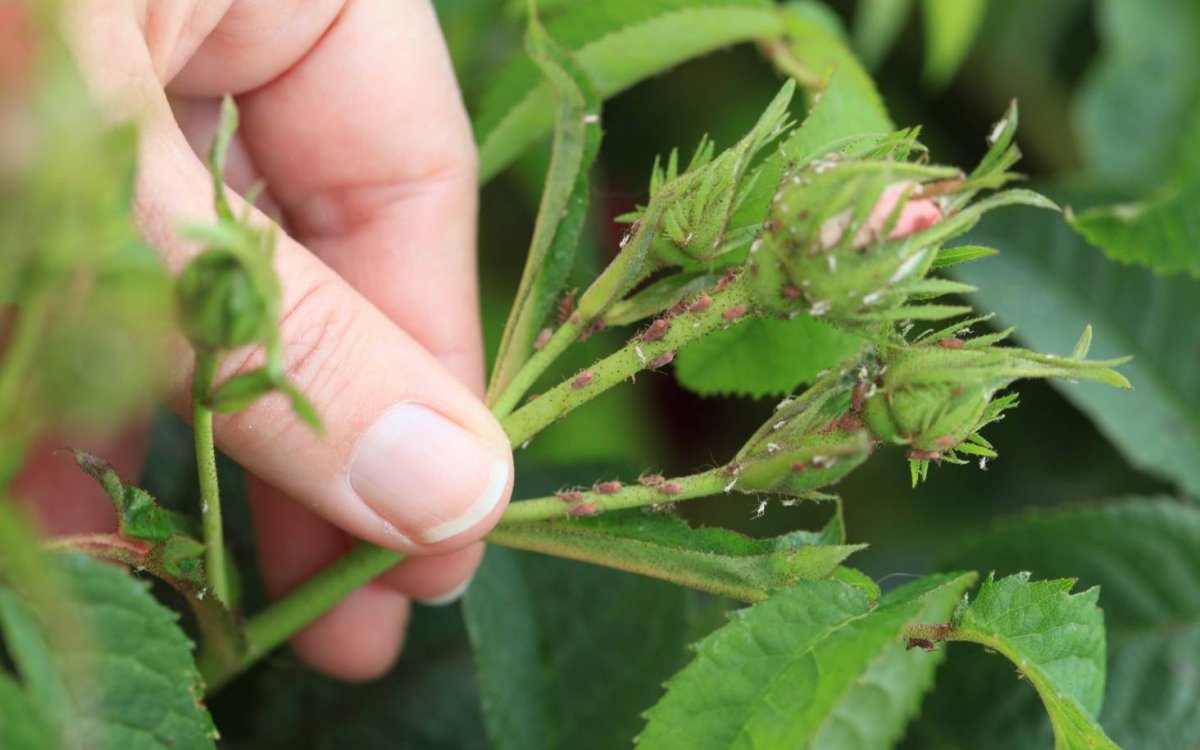
Aphids can cause a lot of problems
Of the pests, aphids and spider mites are the most difficult. Fortunately, the problem can be easily solved - it is enough to spray the plant with the appropriate preparations a couple of times.
From infectious diseases, drying of leaves can cause powdery mildew. The affected areas must be removed and disposed of. And treat the rest with copper sulfate or other preparations containing copper.
Sometimes gray rot can also cause problems. It is also important to cut off dried leaves here. The rose itself must be generously sprayed with Fundazole. Moreover, it is advisable to do this for a week every other day - the disease is quite persistent and a relapse may well occur.
Preventing the recurrence of the problem
Treating a diseased rose is not the most exciting experience. Therefore, it is much better to do everything in a smart way to prevent the disease than to prevent it.
General rules for caring for a rose at home
If a gardener is caring for a houseplant, it is very important to comply with the following requirements:
- regular watering and applying various fertilizers;
- timely transplanting and pruning of a rose;
- sufficient, but not excessive, amount of sunlight.
General rules for caring for a rose in the garden
When growing roses outdoors, there are also certain rules. Failure to comply with any of them can lead to unpleasant consequences:
- Choosing a suitable landing site.
- Protection against dangerous diseases and pests (both insects and birds or animals).
- Regular feeding.
The rules are quite simple, but if you follow them, then the gardener will probably not see the dried leaves on his favorite plants.
The rose dries and leaves and buds fall off immediately after purchase
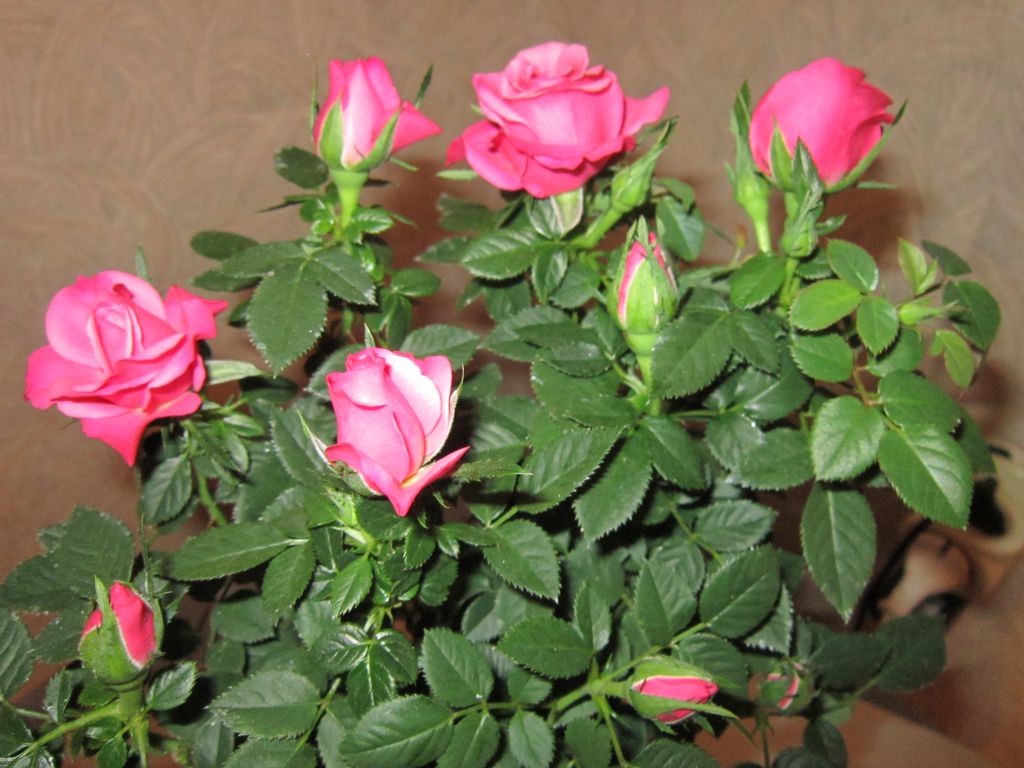
If properly cared for, a rose will delight any flower lover.
Alas, the problem is quite common. As soon as a flower lover buys a rose and brings it home, it loses its leaves and buds, and with them the beauty.
In fact, there is nothing strange here. The conditions just changed - room temperature, humidity, care, water used for irrigation. In addition, the plant could freeze on the way. All this is stress. And dropping leaves with buds is a completely adequate reaction of a rose to changed conditions.
It is usually sufficient to leave the plant alone for 2-3 weeks, providing proper care to resolve the problem. But you can also carefully cut the buds and even flowers. Then the rose will spend less resources on their support, which means it will be able to acclimatize faster.
Remembering these simple, in general, rules, every gardener will be able to solve the problem of the appearance of dry leaves on roses.
